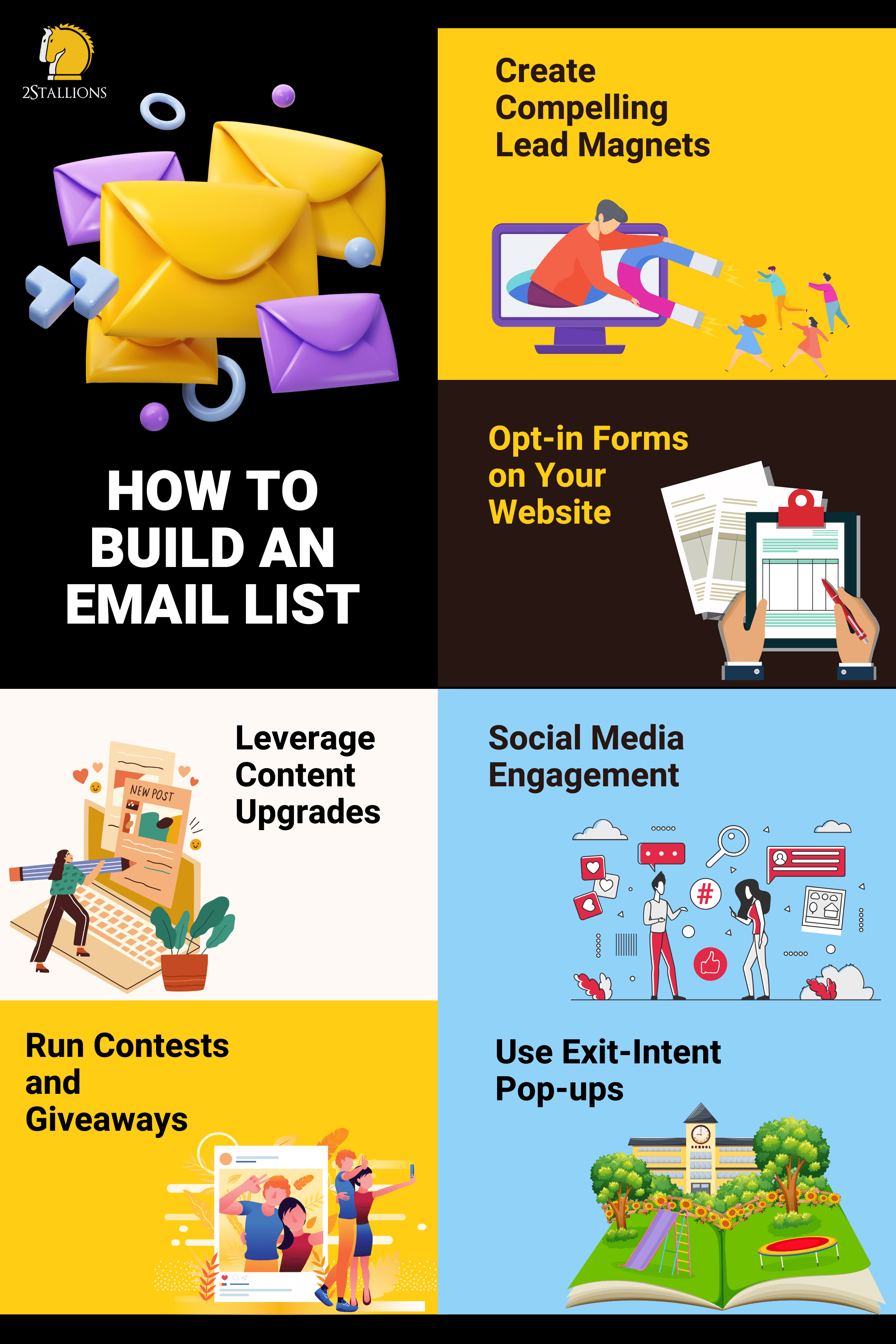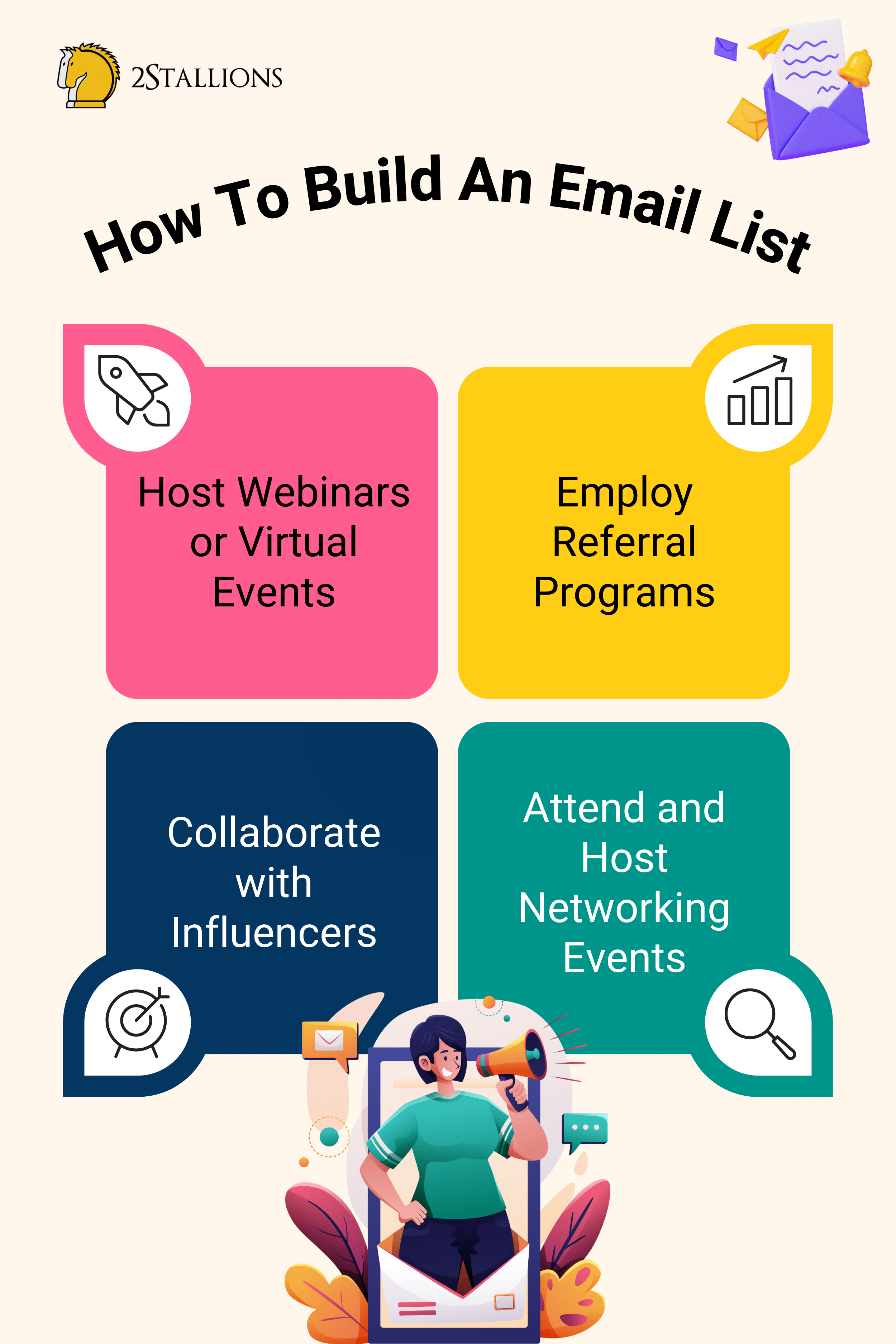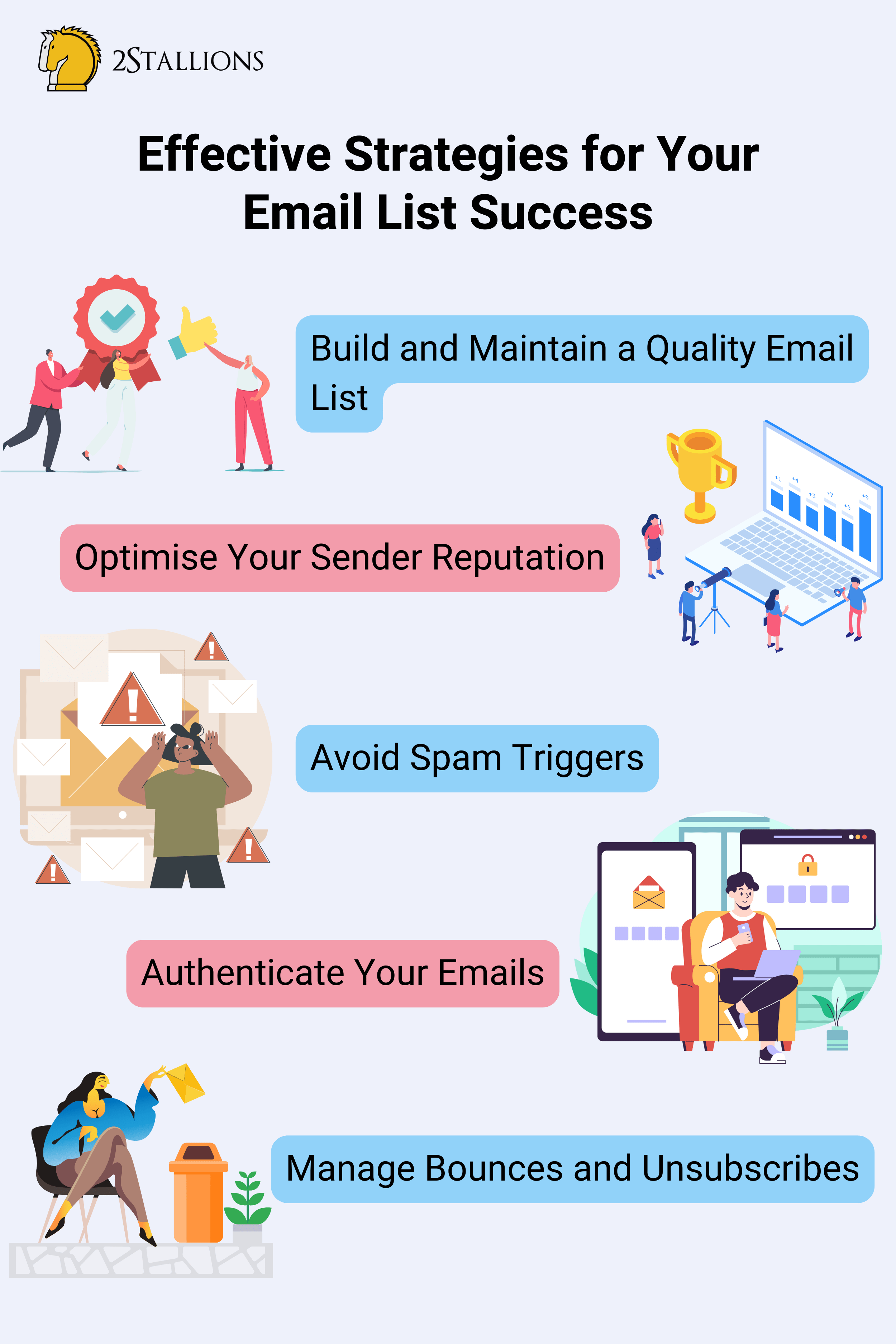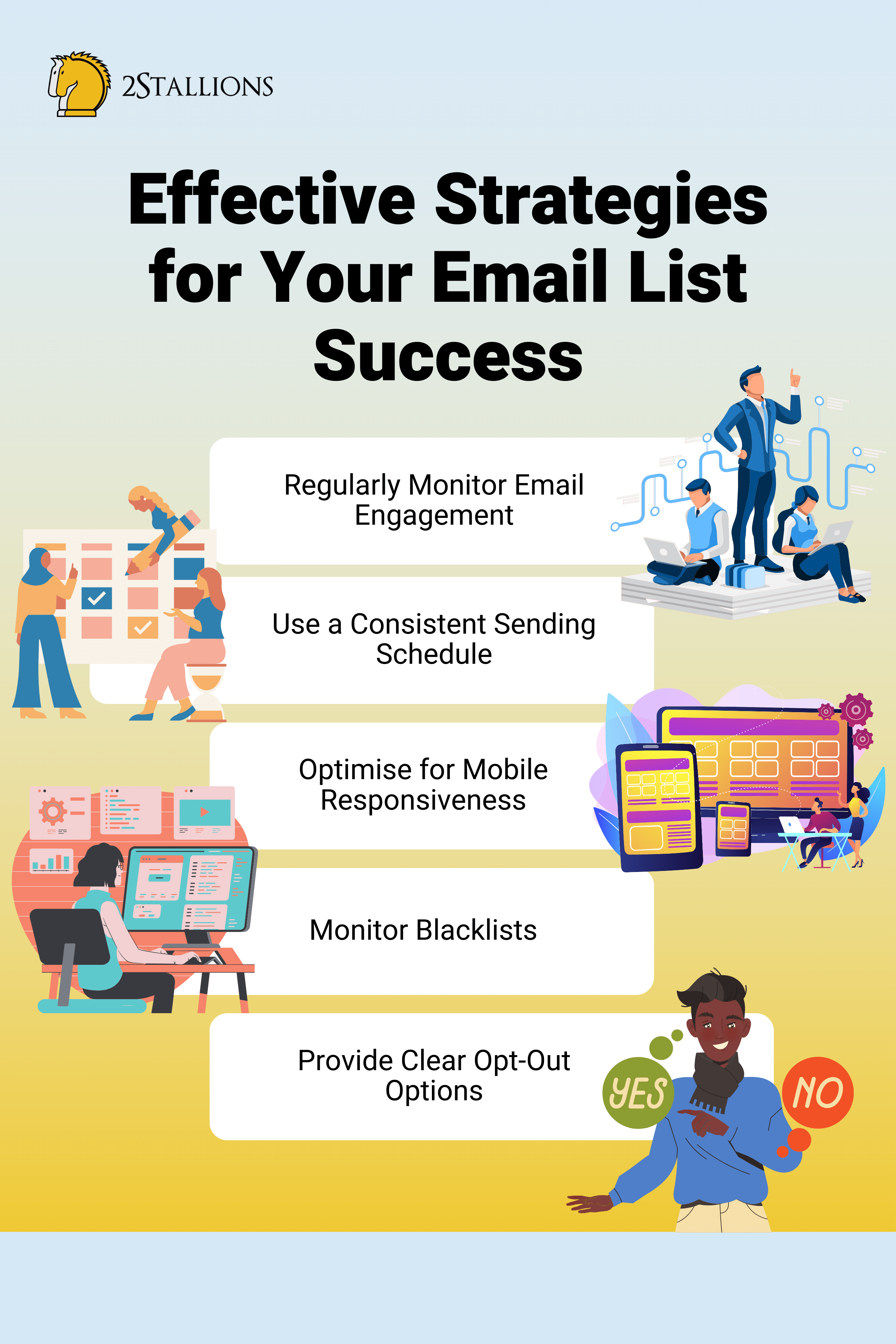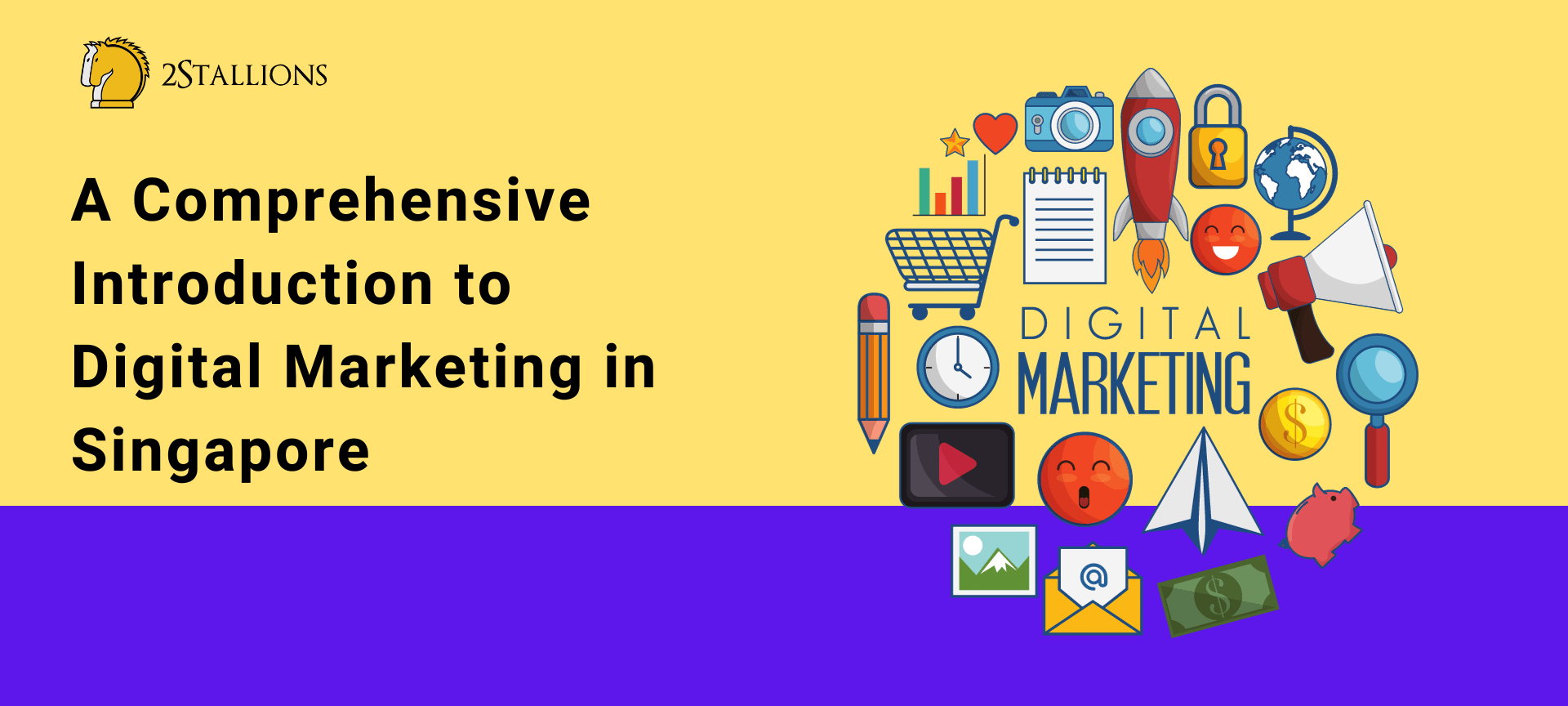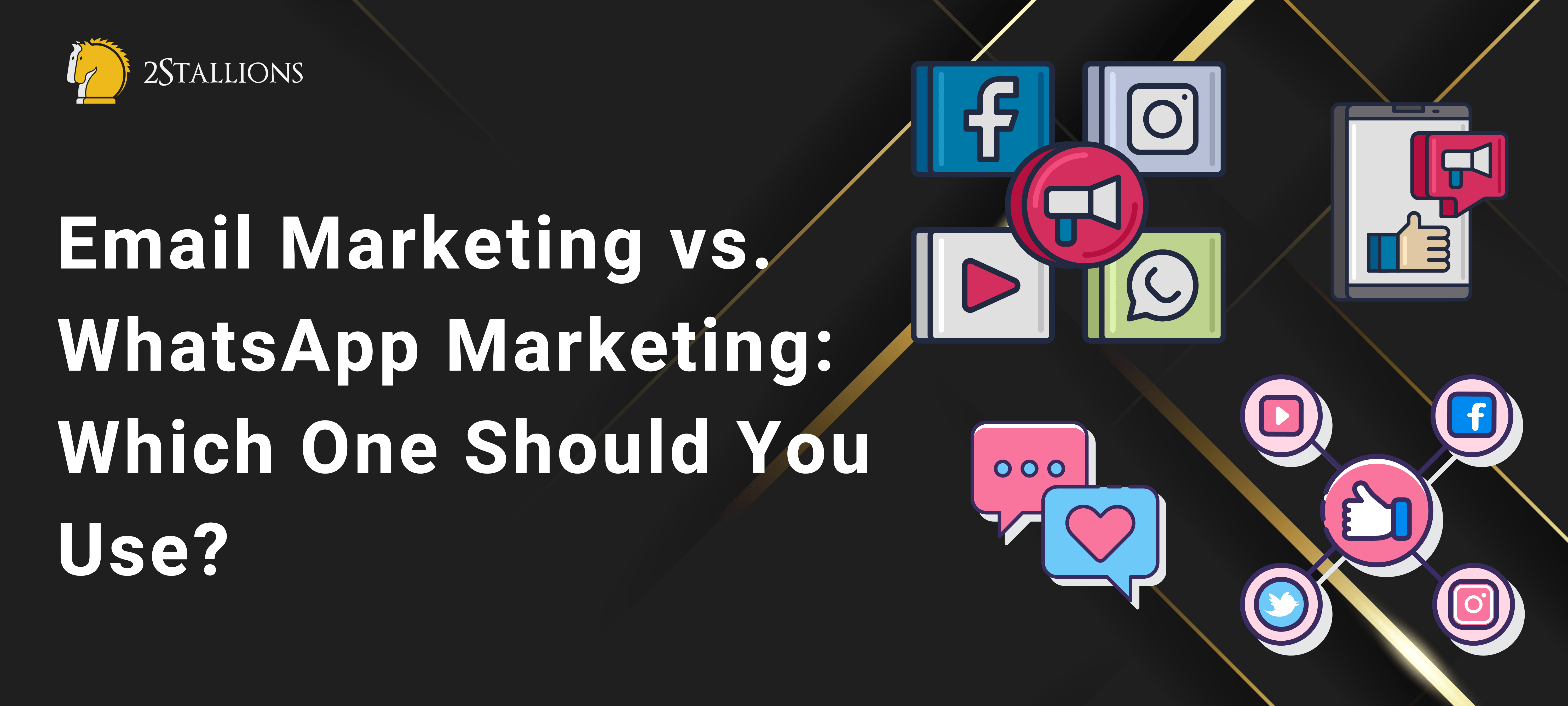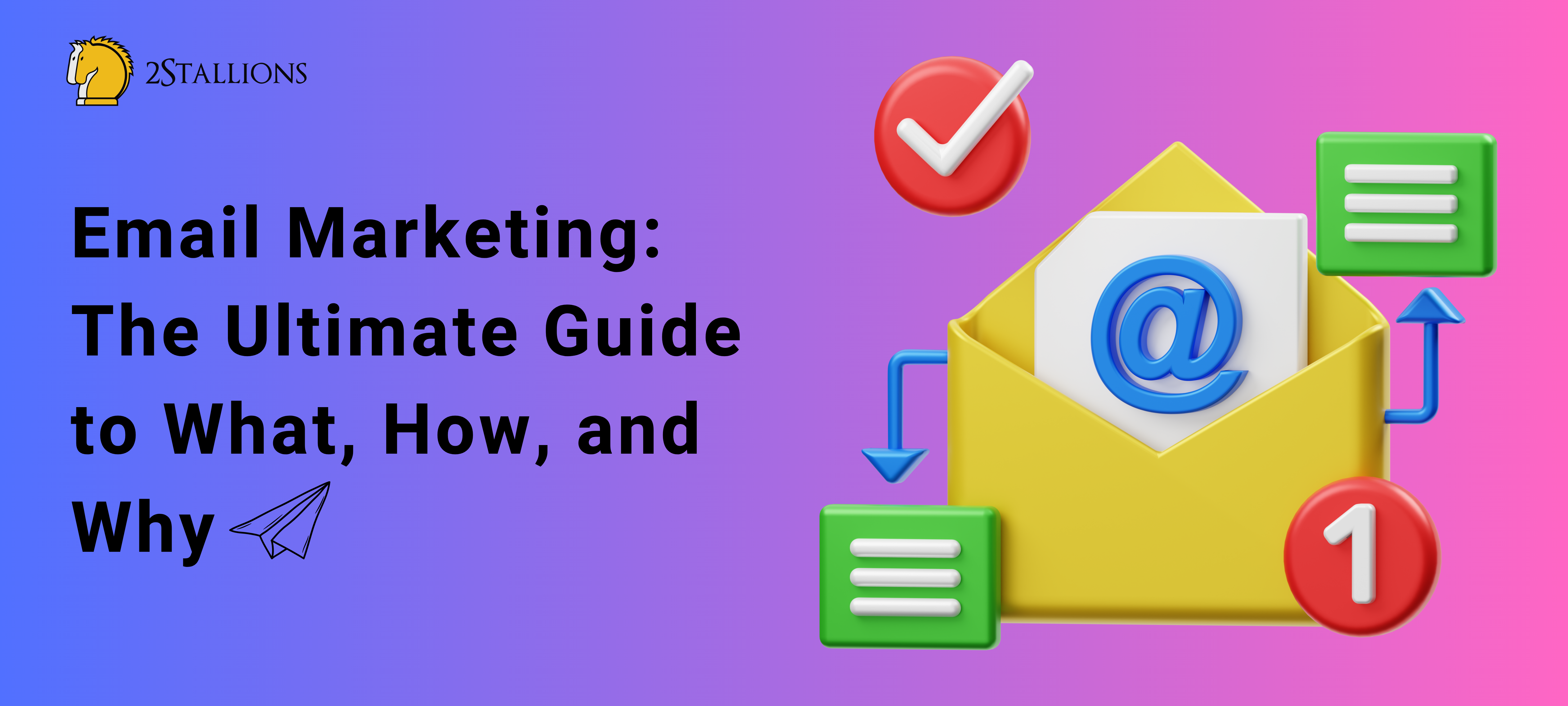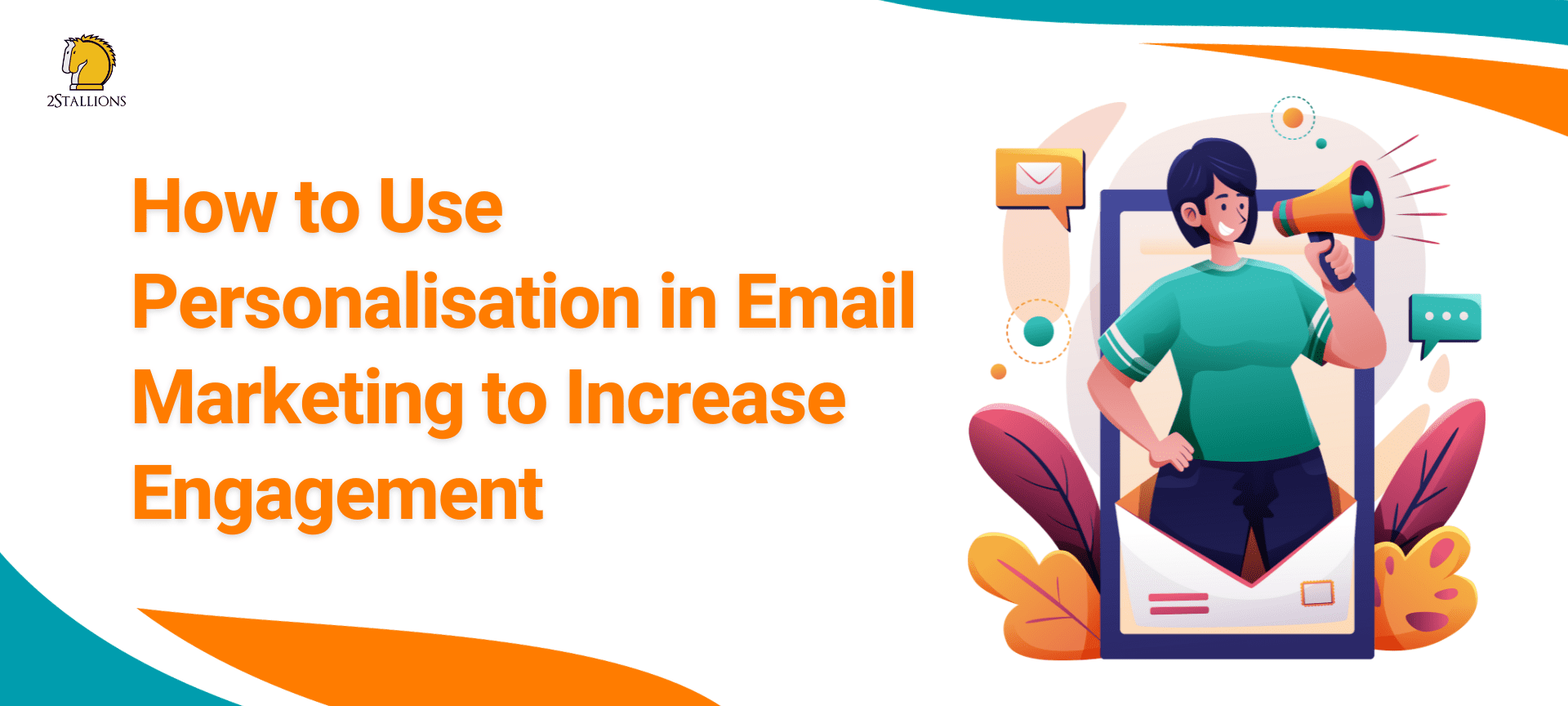Content
SHARE
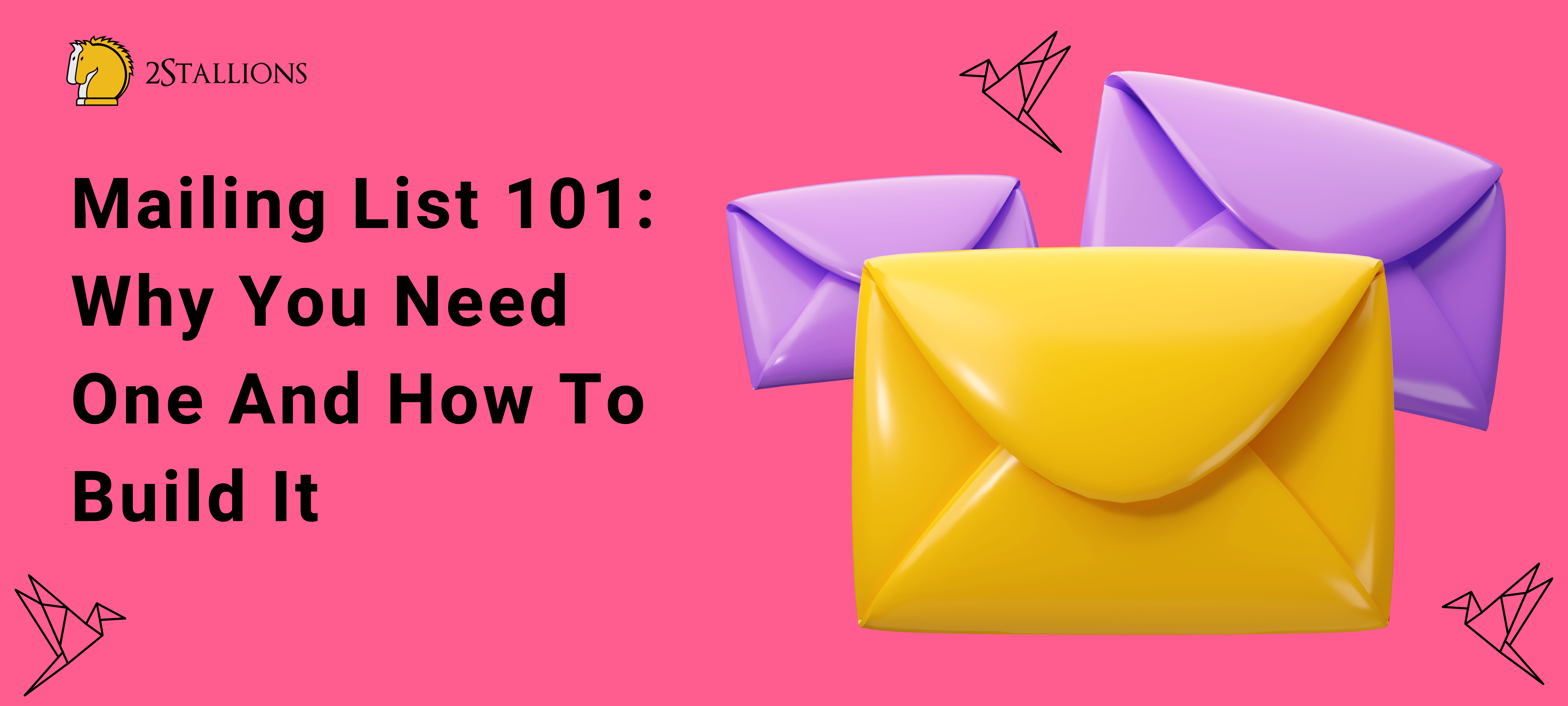
A mailing list is a curated collection of email addresses used by businesses, organisations, or individuals to send messages, updates, or promotional content to a specific group of recipients. It is a direct communication channel, allowing senders to reach their audience with targeted information. Mailing lists are valuable tools for building and maintaining connections, fostering engagement, and keeping subscribers informed about relevant news, products, or services. Whether for marketing, communication, or community building, a well-managed mailing list is a key asset in today’s digital landscape.
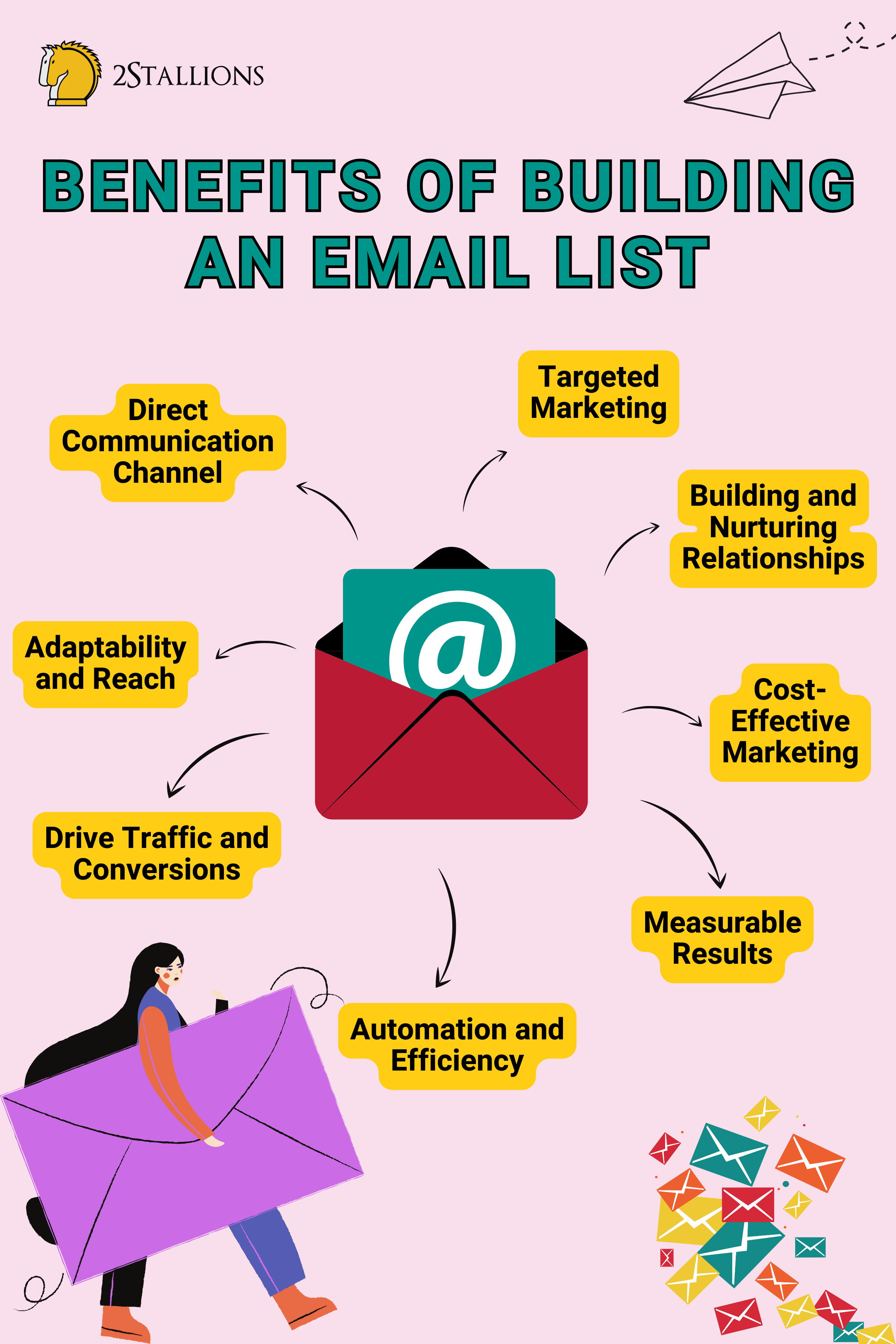
Benefits of Building an Email List
As we delve into the intricate web of contemporary communication, it becomes evident that email lists serve as the linchpin, intertwining various facets of personalised interaction, targeted marketing, and measurable analytics. This discourse seeks to unravel the multifaceted reasons that underscore the indispensability of email lists in the intricate tapestry of today’s communication and marketing landscape. Several key reasons highlight the importance of email lists:
Direct Communication Channel
Email provides a direct and personal channel for communication. Unlike social media or other platforms where algorithms can limit reach, emails go directly to the recipient’s inbox, ensuring your message is more likely to be seen.
Targeted Marketing
Email lists allow for precise targeting. You can tailor your messages to specific groups, increasing the relevance and effectiveness of your marketing campaigns by segmenting your audience based on demographics, preferences, or purchasing history.
[thrive_leads id=’8305′]
Building and Nurturing Relationships
Email is an excellent tool for building and nurturing relationships with your audience. Through regular, valuable communication, you can establish trust, provide helpful information, and engage with your subscribers. This relationship-building is essential for customer loyalty and brand advocacy.
Cost-Effective Marketing
Compared to traditional marketing channels, email marketing is cost-effective. Creating and sending emails is inexpensive, and the potential return on investment (ROI) can be substantial when strategically executed. This is particularly beneficial for small businesses or individuals with limited marketing budgets.
Measurable Results
Email marketing platforms provide detailed analytics that enables you to measure the performance of your campaigns. You can track open rates, click-through rates, conversion rates, and more. These insights help you understand what works and doesn’t, allowing continuous improvement.
Automation and Efficiency
Email marketing tools offer automation features, allowing you to set up scheduled and triggered campaigns. This automation saves time and ensures your audience receives timely and relevant content. It also allows for personalised experiences, enhancing the overall user experience.
Drive Traffic and Conversions
Email marketing is a powerful driver of website traffic and conversions. You can guide subscribers to take specific actions, such as purchasing or downloading content, by including links to your website, products, or promotions in your emails.
Adaptability and Reach
With the widespread use of smartphones, emails can be accessed anytime, anywhere. This adaptability ensures that your messages reach a broad audience, making email an inclusive and versatile communication tool.
As an email marketing agency, 2Stallions helps businesses craft targeted, high-performing campaigns that drive engagement and increase conversions. Schedule a free consultation with us today.
How To Build an Email List
Crafting a robust email list is a strategic endeavour to engage potential subscribers and offer compelling value to secure their opt-in. In exploring effective methods, we’ll uncover strategies and examples illustrating the art of audience engagement. From enticing lead magnets to well-placed opt-in forms, each approach contributes to the objective of building not just a list but a meaningful and enduring connection. Let’s navigate the landscape of digital interaction and uncover the strategies that underpin the creation of a robust email list.
1. Create Compelling Lead Magnets
Offer valuable content or resources in exchange for email addresses. This could be through e-books, whitepapers, templates, or exclusive access to webinars. For instance, a fitness coach might offer a free guide on healthy recipes to entice subscribers.
2. Opt-in Forms on Your Website
Place opt-in forms prominently on your website. These could be pop-ups, slide-ins, or static forms. For example, a fashion brand’s website might have a pop-up offering a discount in return for signing up for the newsletter.
3. Leverage Content Upgrades
Enhance the value of your blog posts by offering content upgrades. For instance, if you have a blog about photography tips, you could offer a downloadable checklist or resource guide related to the blog post topic in exchange for an email address.
4. Run Contests and Giveaways
Host contests or giveaways where participation involves providing an email address. An example could be an electronics retailer running a giveaway for a new gadget, with entry requiring subscribing to their newsletter.
5. Social Media Engagement
Actively promote your email list on social media platforms. Create posts highlighting the benefits of subscribing and include a call-to-action link to the signup page. A travel blogger might share sneak peeks of exclusive travel guides available to subscribers.
6. Use Exit-Intent Pop-ups
Capture leaving visitors by displaying exit-intent pop-ups that offer a last-minute incentive to subscribe. An online bookstore may use an exit-intent pop-up offering a discount on the next purchase for those who sign up.
7. Host Webinars or Virtual Events
Conduct webinars or virtual events and collect email addresses during the registration process. A software company could host a webinar on new industry trends, requiring participants to provide their email addresses to join.
8. Employ Referral Programs
Encourage your current subscribers to refer others to your email list by implementing a referral program. A subscription box service might offer a free box to existing subscribers for every friend they refer who signs up.
9. Collaborate with Influencers
Partner with influencers in your industry to reach a broader audience. Have influencers promote your email list with engaging content or exclusive offers. A skincare brand might collaborate with a beauty influencer for a joint giveaway, driving signups.
10. Attend and Host Networking Events
Collect email addresses at in-person or virtual networking events. For example, a business consultant might host a virtual workshop and request email addresses for follow-up resources.
Effective Strategies for Your Email List Success
In the vast landscape of email marketing, success extends beyond amassing a sizable mailing list; it revolves around assuring that your messages reach their intended destination—the recipient’s inbox. Upholding strong email deliverability is a cornerstone of effective communication. It plays a pivotal role in the triumph of your email marketing endeavours. Let’s delve into the optimal practices for sustaining high email deliverability and securing your presence in the sought-after inbox.
Build and Maintain a Quality Email List
- A clean and engaged email list is foundational to good deliverability. Regularly remove inactive subscribers, use double opt-ins to verify authenticity, and ensure that your subscribers genuinely want to receive your emails.
Optimise Your Sender Reputation
- Internet Service Providers (ISPs) assess the reputation of your sending domain and IP address to determine whether your emails should be delivered to the inbox or flagged as spam. Consistently sending relevant and engaging content contributes to a positive sender reputation.
Avoid Spam Triggers
- Craft your emails with caution to avoid common spam triggers. Refrain from excessive exclamation points, all caps, or misleading subject lines. Comply with spam laws and regulations to maintain credibility.
Authenticate Your Emails
- Implement authentication protocols such as DKIM (DomainKeys Identified Mail) and SPF (Sender Policy Framework) to verify the authenticity of your emails. This not only enhances deliverability but also protects your brand from phishing attempts.
Manage Bounces and Unsubscribes
- Monitor and promptly address bounced emails and unsubscribe requests. A high bounce rate can negatively impact deliverability. Regularly clean your email list to remove invalid or non-existent addresses.
Regularly Monitor Email Engagement
- Pay close attention to how your subscribers interact with your emails. Low engagement rates, such as low open or click-through rates, signal to ISPs that your content may need to be more relevant, affecting deliverability.
Use a Consistent Sending Schedule
- Stick to a consistent sending schedule to establish a predictable pattern of communication. Abrupt changes in volume or frequency can trigger alarms for ISPs and impact deliverability.
Optimise for Mobile Responsiveness
- With growing numbers of users accessing emails on mobile devices, ensure your emails are optimised for various screen sizes. A positive user experience contributes to higher engagement and improved deliverability.
Monitor Blacklists
- Regularly check if your sending domain or IP address is on any email blacklists. If flagged, take immediate action to investigate and rectify the issues that led to the listing.
Provide Clear Opt-Out Options
- Include a clear and accessible option for subscribers to opt out of your emails. Making the unsubscription process straightforward complies with regulations and maintains a positive sender reputation.
In the intricate dance of email marketing, maintaining email deliverability is akin to choreographing each step meticulously. You secure your place in the inbox and foster trust with your audience by adhering to these best practices, ensuring your messages reach the correct recipients at the right time. This, in turn, solidifies the foundation for successful email marketing campaigns and the overarching success of your digital communication strategy.
Wrapping Up
In the intricate realm of digital communication, a well-curated mailing list emerges as a linchpin for businesses and individuals, providing a direct channel for personalised interaction, targeted marketing, and measurable analytics. The discourse further delves into maintaining email deliverability—a cornerstone for successful email marketing.
By adhering to best practices, including building a quality email list and optimising sender reputation, this choreographed approach ensures messages reach the inbox and resonate effectively, fostering trust and engagement. In the dynamic dance of digital communication, the harmonious blend of a well-crafted email list and strategic practices forms the foundation for successful campaigns, epitomising the triumph of a digital communication strategy.
Unlock the power of email marketing with 2Stallions. Our tailored campaigns captivate your audience and boost ROI. Click to explore our Email Marketing services and achieve excellence!
Originally published: 16 December 2022
Updated: 5 December 2023
Frequently Asked Questions about Mailing List
Why Do You Need a Mailing List?
A mailing list is a powerful tool for businesses and individuals seeking to establish direct and targeted communication with their audience. It enables you to cultivate and maintain connections, foster engagement, and inform subscribers about relevant news, products, or services. Whether for marketing, communication, or community building, a well-managed mailing list is essential in today’s digital landscape, offering a personalised and measurable channel to reach your audience effectively.
How Can We Build Our Mailing Lists?
Building an effective mailing list involves strategic efforts to engage potential subscribers and provide compelling value to secure their opt-in. Methods include:
- Creating clear lead magnets.
- Incorporating opt-in forms on your website.
- Leveraging content upgrades.
- Running contests and giveaways.
- Actively promoting on social media.
- Using exit-intent pop-ups.
- Hosting webinars or virtual events.
- Implementing referral programs.
- Collaborating with influencers.
- Collecting email addresses at networking events.
These approaches contribute to not just list growth but the establishment of meaningful connections with subscribers.
What is a Mailing List, and What is its Purpose?
A mailing list is a curated collection of email addresses used by businesses, organisations, or individuals to send messages, updates, or promotional content to a specific group of recipients.
The purpose of a mailing list is to provide a direct communication channel, allowing senders to reach their audience with targeted information. Mailing lists are valuable tools for building and maintaining connections, fostering engagement, and keeping subscribers informed about relevant news, products, or services. They are crucial in personalised interaction, targeted marketing, and measurable analytics.
How Do I Create a List in Mail?
Creating a mailing list in Mail, typically referring to an email marketing platform, involves the following steps:
- Sign Up or Log In: Sign up for an account on your chosen email marketing platform or log in if you already have one.
- Navigate to Lists or Audiences: Find the ” Lists ” section or “Audiences” in your email marketing dashboard.
- Create a New List: Click on the option to create a new list or audience.
- Fill in List Details: Provide essential details for your list, such as the name of the list, a brief description, and settings for subscription preferences.
- Import or Add Subscribers: Add subscribers to your list by importing existing contacts or manually adding them. Some platforms also allow for creating sign-up forms to collect subscriber information.
- Set Up Confirmation and Welcome Emails: Configure settings for confirmation and welcome emails to enhance the subscriber experience and comply with best practices.
- Organise and Segment: Organise your list by segmenting subscribers based on demographics, preferences, or other criteria to tailor your messages effectively.
- Design and Send Campaigns: With your list in place, design and send targeted email campaigns to engage your audience.

